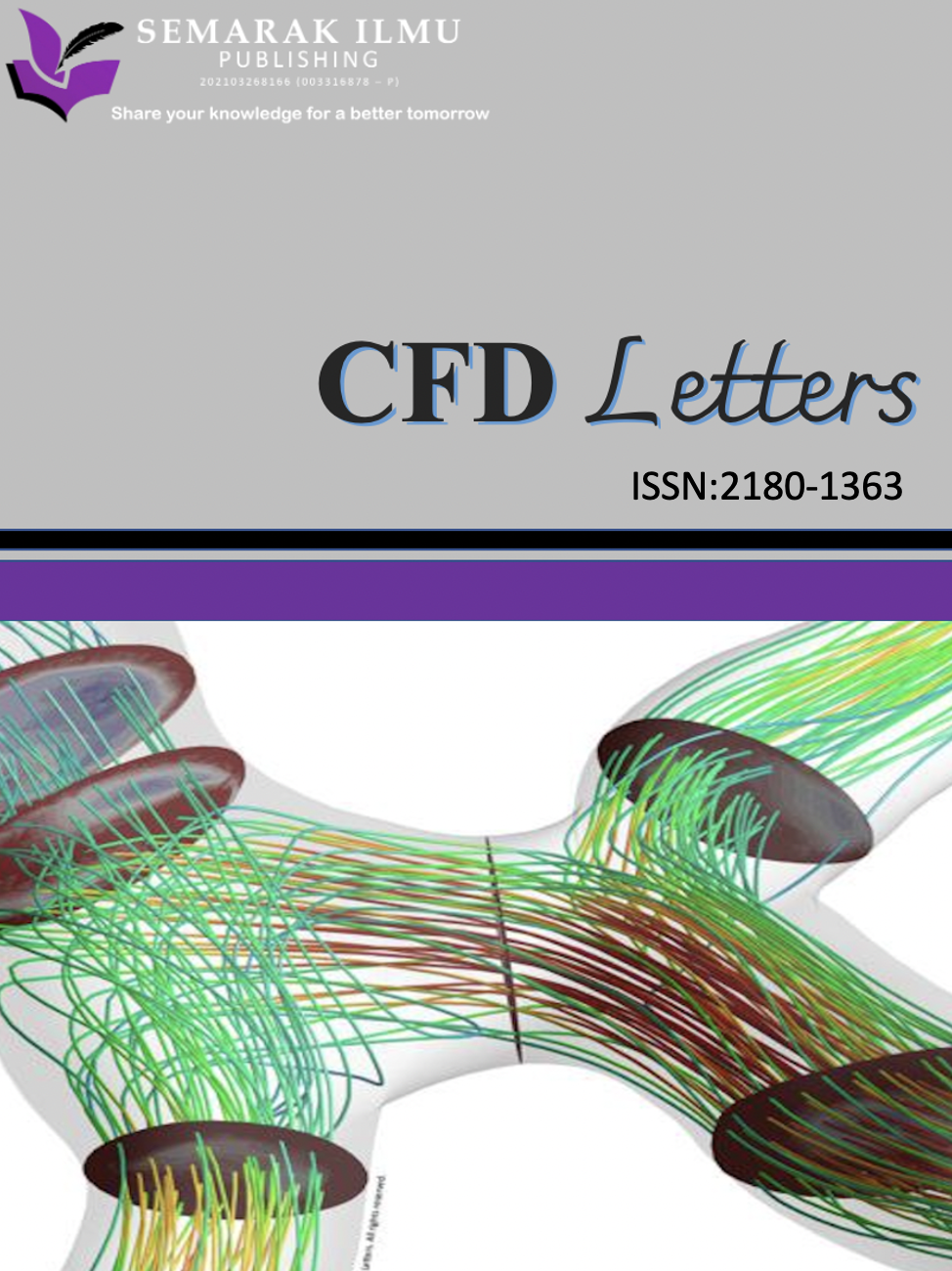Exploring the Role of Colour in Sustaining Preschool Children’s Attention: An Eye-Tracking Study
Keywords:
Preschool children, colour complementary contrast, attention, Tobii T120 eye trackingAbstract
Sustaining visual attention in early childhood is essential for cognitive development and literacy acquisition. This study examines the effectiveness of complementary colour contrast, based on Johannes Itten’s (1973) colour theory, in enhancing Total Fixation Duration (TFD) among preschool children viewing picturebook illustrations. A quasi-experimental quantitative approach involved 54 children (N = 54; mean age 5 years 8 months) enrolled in KEMAS preschools in Banting, Selangor, divided evenly into a baseline group (n = 27) and an experimental group (n = 27). The experimental group viewed illustrations digitally manipulated with complementary colour pairs (e.g., red-green, blue-orange), while the baseline group viewed the original picturebook. The Tobii T120 eye-tracking system tested the effectiveness of measuring attention span through TFD in young children. It successfully captured visual behaviour, revealing a statistically significant increase in TFD for the experimental group, indicating deeper and more sustained visual attention (t(26) = 12.32, p<.0001; Cohen’s d = 2.46). This study hypothesised that specific colour manipulation using complementary contrasts would increase the mean duration of participants’ attention span. The results supported this hypothesis and rejected the null hypothesis. Prolonging attention span improves visual engagement and may also encourage greater interest in picturebooks, indirectly supporting early reading motivation. These findings suggest that complementary colour contrast is a low-cost, evidence-based strategy for improving early learning, particularly in resource-constrained settings. Aligned with sustainable learning goals, this approach supports the creation of inclusive and effective visual materials.
Downloads



















